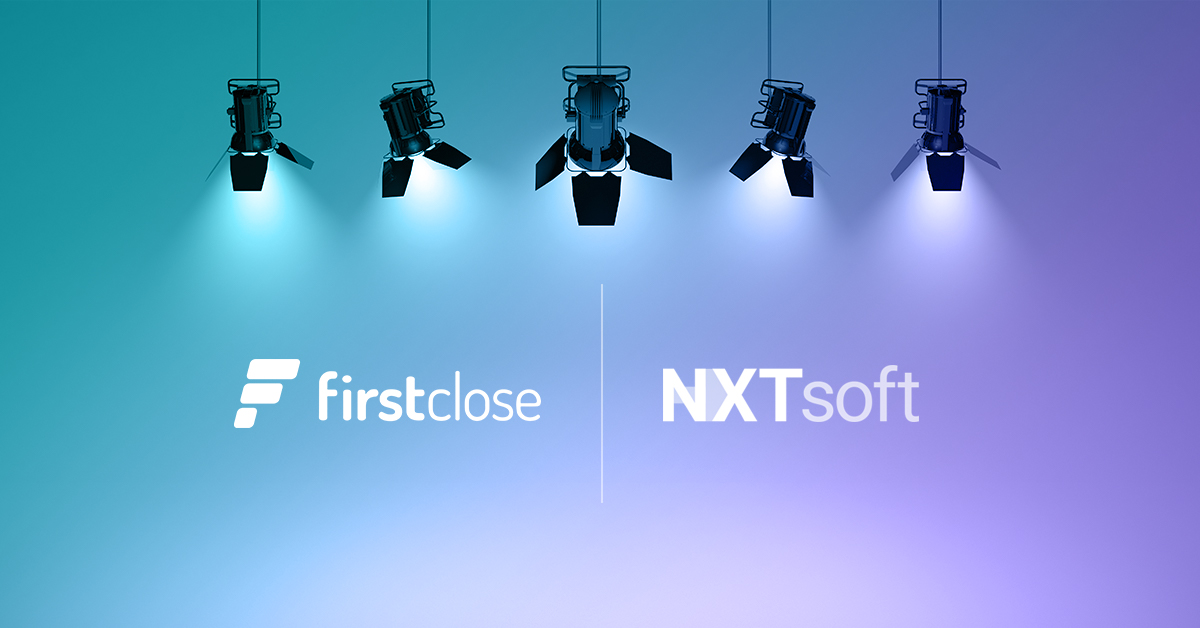As we begin in 2021, there are several lessons to be learned from 2020 to improve the lending process while delivering a better borrower experience. J.D. Power Finds Record low-interest rates have driven U.S. home sales to a 14-year high and spurred a 200% annual increase in refinancing. While this boom in volume has generally been positive for primary mortgage originators, it has also exposed underlying weaknesses in their digital strategies that could create challenges down the road.
According to the J.D. Power 2020 U.S. Primary Mortgage Origination Satisfaction Study, SM mortgage originators' shortcomings in self-service tools for application and approvals, frequent communication, and extended loan processing times could negatively affect customer satisfaction over time.
Following are some key findings of the 2020 study:
- Overall customer satisfaction buoyed by low rates: Overall customer satisfaction with primary mortgage originators rises six points (on a 1,000-point scale) this year, driven largely by the competitiveness of interest rates offered. However, satisfaction in several critical client service attributes, such as loan processing time, ease of self-service interaction, and helpfulness of customer service, has declined from a year ago.
- Self-service channel usage falters in application/approval process: The number of customers using self-service channels for loan applications and approvals increased five percentage points this year while the number of customers using personal service channels (in-person, phone, and e-mail) declined five percentage points. Despite the increase in utilization, however, satisfaction with the application and approval process among customers using self-service digital channels declined 10 points this year.
As lenders struggled with capacity issues at the end of last year, their turn times went way up. It took a lot longer to get back to borrowers. Borrowers became dissatisfied, and the borrower satisfaction scores went down." So if you can say, "Some of the trends that we saw as we ended 2020 and look into 2021, is lenders must address capacity issues. One way to do that is to have better back-office processes."
It is clear that if lenders want to have a sustainable lending model that positions them for long-term success, these three areas must be addressed: enhanced self-service tools for the borrower, improved communication, and a streamlined back-office process.
FirstClose delivered an innovative Digital Lending Platform (DLP) to help lenders directly combat these issues. The FirstClose ONE™ Digital Lending Platform (DLP), the first and only web-based home equity calculator and branded application management solution. This puts the power of self-service in the hands of the borrowers looking to leverage the equity in their homes during these challenging times of a global pandemic.
Through a strategic partnership with NXTsoft, lenders can quickly and easily access the core data from this solution to deliver a seamless consumer experience by recognizing who they are, auto-populating all data fields, and streamlining those lending activities. In addition the LOS integration streamlines data feeds, eliminates keystrokes, and reduces the potential for human error, both on the front end when gleaning the information from the LOS and on the back end/return when extracting information from the service and data reports to populate the LOS. Not only does the FirstClose and NXTsoft partnership provide self-service tools on the front-end, but the solution also simplifies the entire process to enhance the borrower experience.
A great consumer experience doesn't happen on the front end alone; it's the speed at which the lender can process their loan. The back end processes include things like automated ordering, faster turn time, and being able to close that loan quickly for the borrower. The ability to provide self-service tools, data integration through strategic partnerships and strong back-office solutions are critical in delivering a superior consumer experience.
